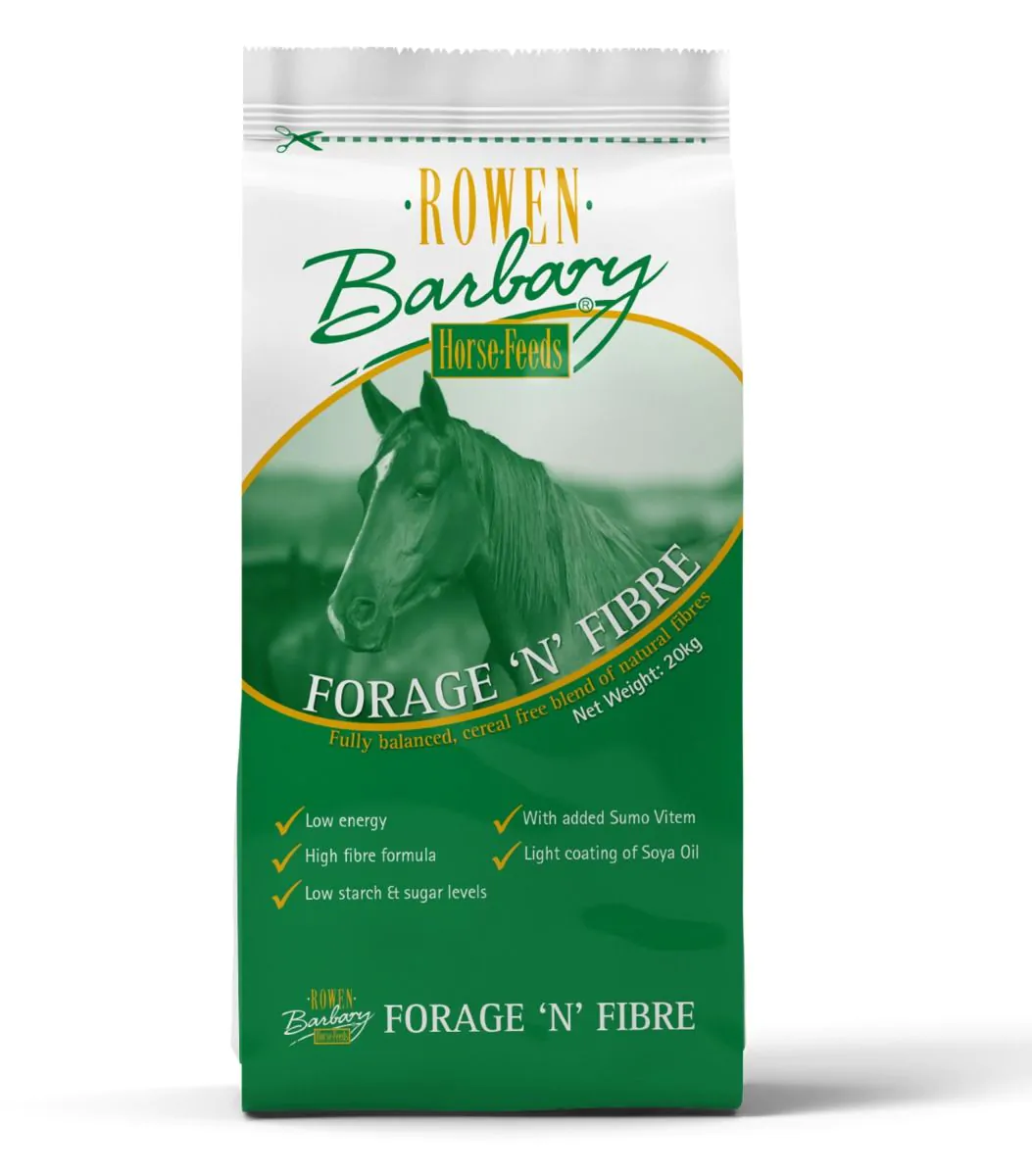- 28th August 2019 by Rowen Barbary
Nutritional Value of Grass
Weather conditions during the summer months play a large part in determining grass growth rates which consequently have an impact on Autumn feeding.
A predominantly dry summer results in limited grass growth. The lack of grass will cause many horses to forage in hedges and trees looking for additional nutrients, so it is important to ensure that your paddocks are kept well maintained and are free from poisonous plants and trees. To help increase fibre levels in the diet grass should be supplemented with additional fibre sources such as hay, haylage, chaffs and high fibre feeds.
If there is increased rainfall coupled with warm weather during a wet summer this favours grass growth. This second flush of grass growth often results in a seasonal peak in the number of cases of laminitis so it is essential to maintain body weight and restrict access to grazing if required.
The nutritional value of grass starts to decline from August onwards once the soil temperature drops to 5°C resulting in less feed energy, which can contribute to winter weight loss. With the temperature quickly dropping it is important to assess your horses condition. Ideally a horse should have a condition score of about 3 with the ribs covered and easily felt, but not visible as you head into winter. If your horse is prone to losing weight try increasing body weight prior to the winter months as it is much easier to maintain condition over the winter months than to try to gain additional weight.
Hay alone is usually insufficient to supply the energy demands for a horse to maintain body weight, so you may consider adding extra calories to the diet. Oils or fat supplemented diets are an excellent way of providing the horse with the additional calories required for improving and maintaining condition.

About Rowen Barbary
All manufacturing at Rowen Barbary is carried out in a state of the art mill located in the heart of the Shropshire countryside. We use only the highest quality ingredients sourced, where possible, from local farms before they are blended by our dedicated team in our UFAS audited mill.
Rowen Barbary also conforms to BETA NOPS guidelines with raw materials & finished feeds regularly laboratory tested to ensure that every bag of feed continues to meet not only ours, but also your high standards.
We Recommend...




